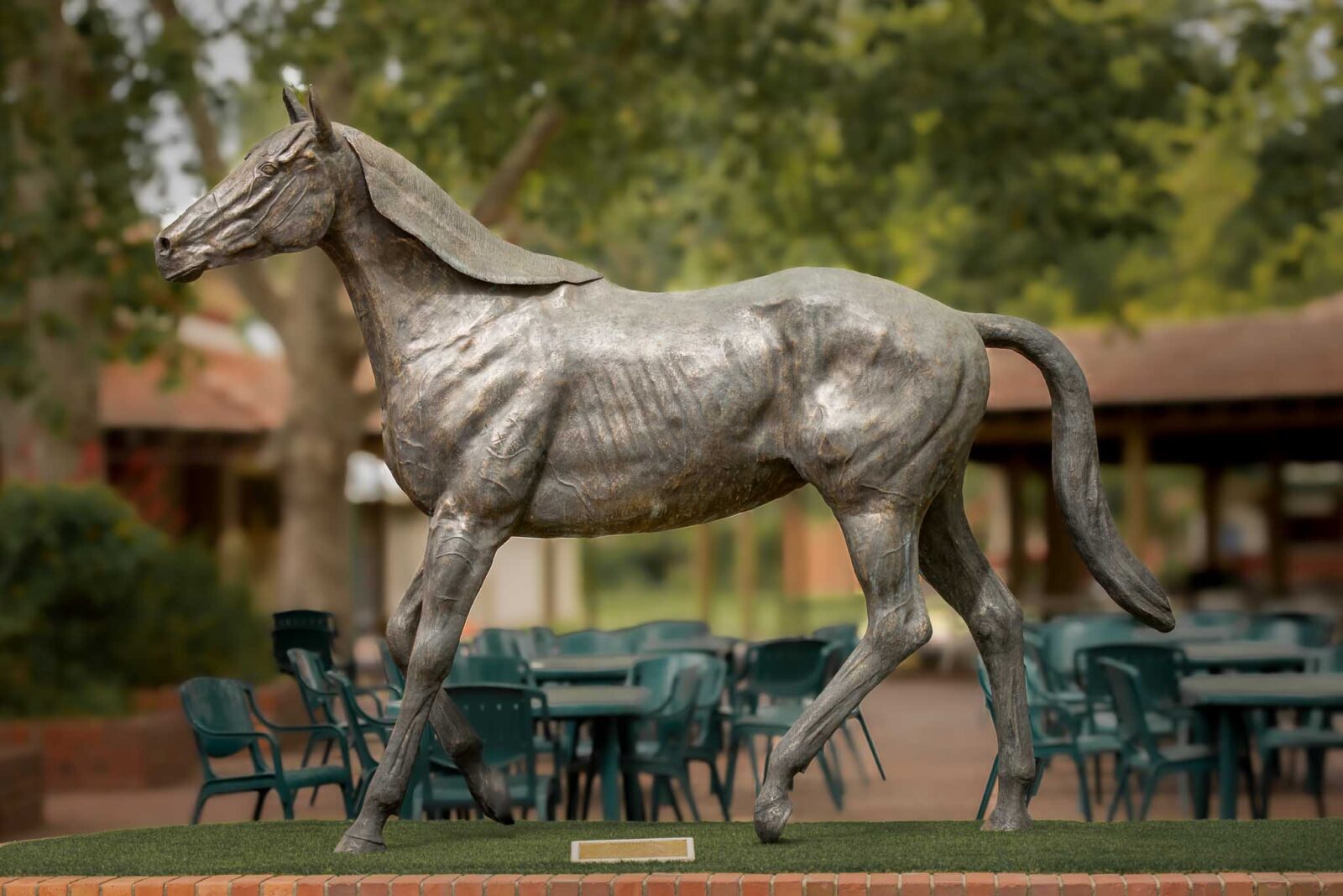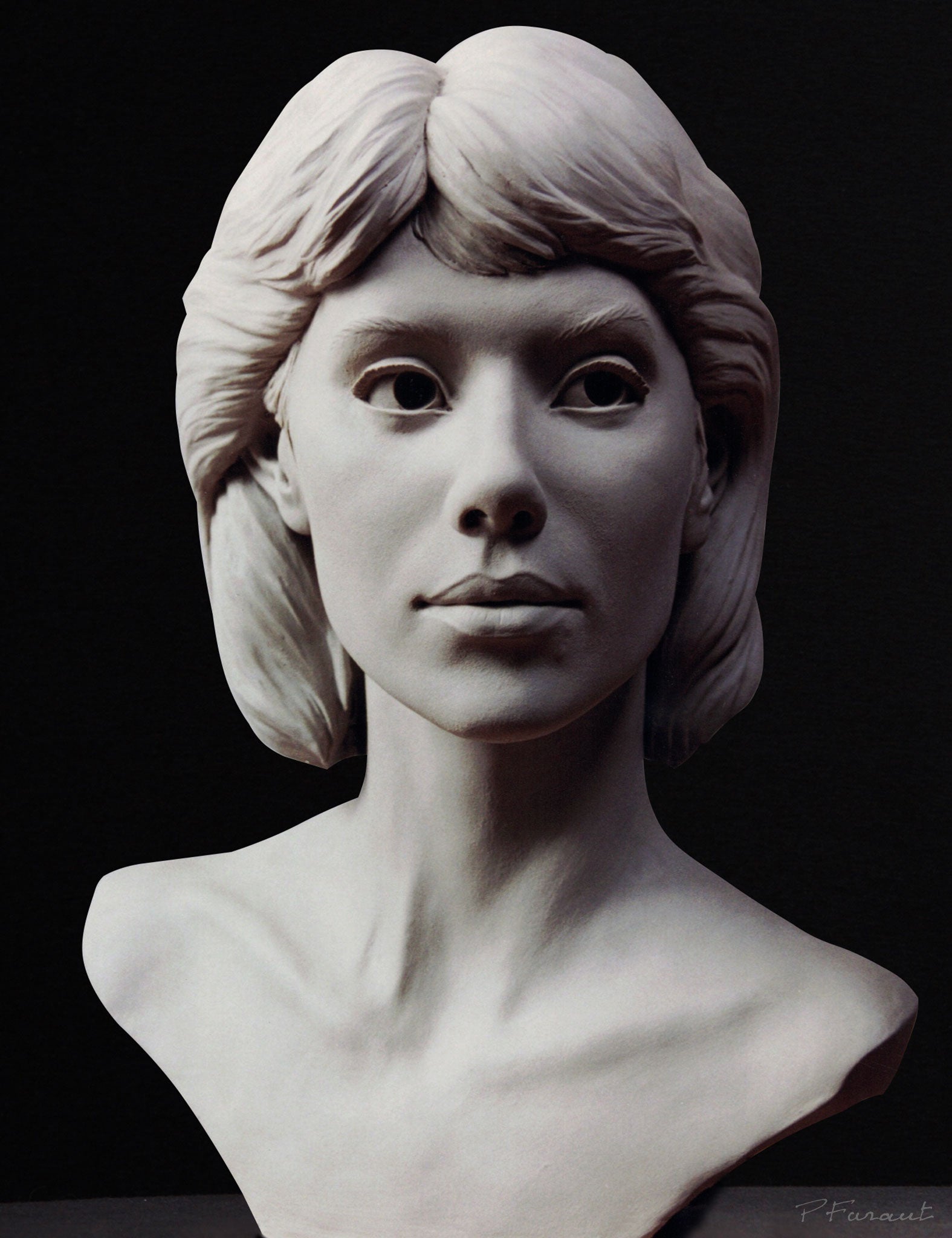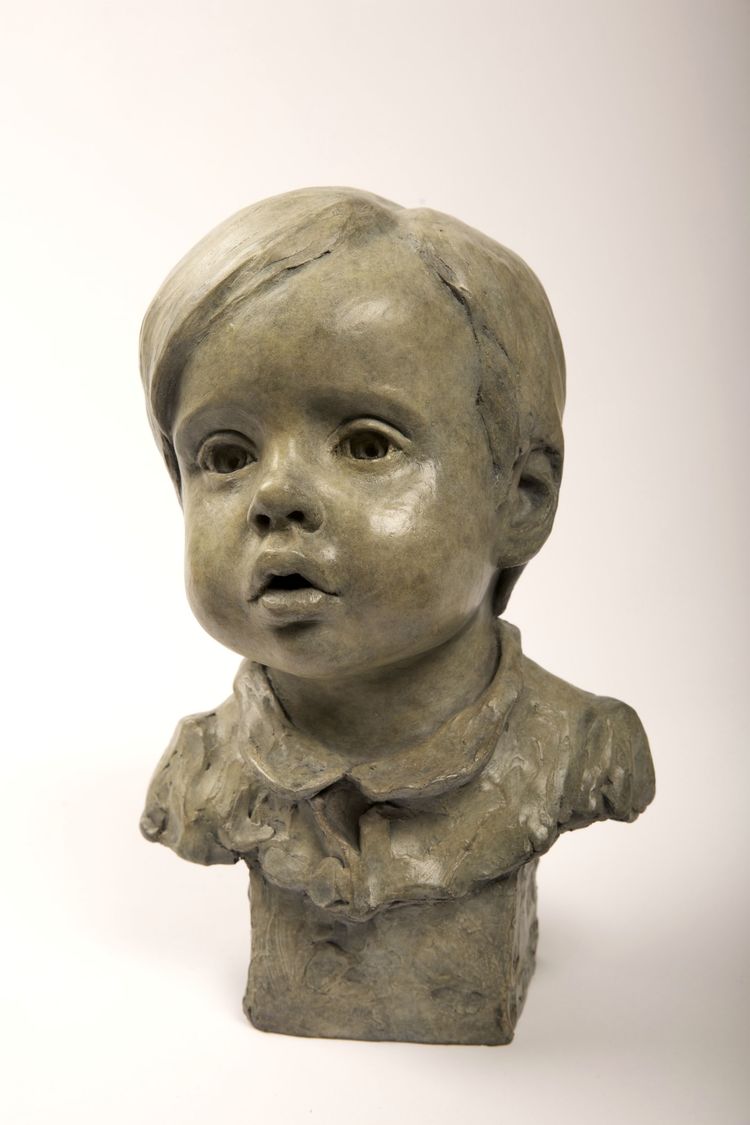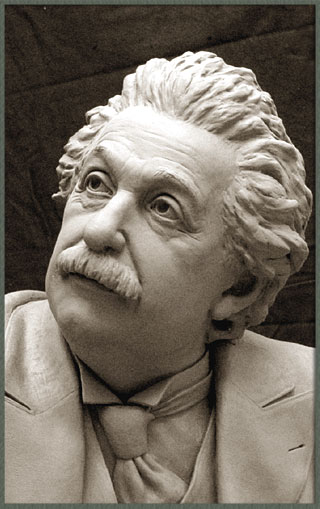Portrait Sculptor: Capturing Essence in Three Dimensions
Wiki Article
The Development of Sculptures: From Ancient to Modern
The Advancement of Sculptures: From Old to Modern. Robert C Hitchcock Sculptor.Sculpture, among the earliest forms of art, has actually been an integral part of human world for centuries. From the old human beings of Egypt and Greece to the modern period, sculptures have actually evolved, mirroring adjustments in artistic techniques, products, and social impacts. This journey with time traces the development of sculptures, discovering the changes in vogue, subject issue, and creative expression.
Beginning with the old globe, sculptures crafted from rock and later bronze caught the essence of divine beings, leaders, and day-to-day life. The Renaissance duration witnessed a revival of classic sculpting strategies, as artists sought to emulate the elegant forms of ancient Greek and Roman sculptures (Contemporary Sculptures). In the modern period, musicians challenged typical limits, embracing abstraction and testing with new materials
This expedition will delve into the varied development of sculptures, revealing the abundant tapestry of artistic expression across different periods and societies.

Old Sculptures: From Rock to Bronze
Old sculptures transitioned from being sculpted out of rock to being cast in bronze. Rock sculptures, while remarkable in their very own right, were restricted by the nature of the product. Contemporary Sculptures.The intro of bronze as a medium for sculptures brought about a change in imaginative expression. Bronze used sculptors the possibility to develop lifelike and detailed forms that were not feasible with rock. The process of casting bronze permitted the development of several copies of a sculpture, making it possible for wider distribution and preservation of these artistic masterpieces.
The change from stone to bronze additionally saw a change in the topic of sculptures. While rock sculptures mostly illustrated gods, goddesses, and mythical numbers, bronze sculptures started to show a more comprehensive series of subjects, including day-to-day individuals and pets. This growth of subject showcased the versatility and versatility of the bronze tool.
Renaissance Rebirth: Forming in the Classical Style
The Renaissance rebirth of sculpture experienced a revival in the classical style, structure upon the improvements made during the transition from stone to bronze in old sculptures. Throughout this duration, artists looked for to recreate the timeless aesthetic and perfects of beauty that were widespread in old Greek and Roman sculptures.Among the vital characteristics of the Renaissance rebirth was the focus on naturalism and the human form. Artists like Donatello and Michelangelo aim to catch the physiological details and expressions of their subjects with extraordinary precision. They examined the body and incorporated their monitorings right into their sculptures, resulting in lifelike and reasonable representations.
One more vital facet of the Renaissance resurgence was the expedition of point of view and deepness. Musicians utilized strategies such as contrapposto, where the weight of the body is changed to one side, creating a sense of activity and dynamism. They additionally try out various products, including marble and bronze, to attain a level of class and complexity in their sculptures.

Innovation and the Avant-Garde: Breaking Conventional Boundaries
Throughout the Modernism and Avant-Garde movements, carvers pushed the limits of conventional imaginative conventions. This period, which emerged in the late 19th and very early 20th centuries, saw a dramatic shift in the means musicians came close to sculpture. Turning down the notion of art as plain replica, modernist sculptors sought to check out new forms, products, and concepts.
Among the key features of modernist sculpture was the emphasis on abstraction. Sculptors relocated away from sensible depictions and instead concentrated on recording the significance of the subject with simplified forms and geometric forms. This departure from traditional representation enabled musicians to share their emotions and ideas in a much more personal and subjective way.

Contemporary Sculptures: Checking Out New Products and Concepts
With a focus on discovering brand-new materials and concepts, contemporary sculptures have actually changed the area of art. Artists today are pushing the borders of standard sculpture by making use of innovative products and experimenting with abstract principles. These sculptures challenge traditional notions of form, materiality, and definition, welcoming visitors to engage in a new and thought-provoking creative experience.Contemporary artists are embracing a wide variety of materials, consisting of plastic, glass, metal, and even raw material. They are not limited to the standard tool of stone or clay, allowing for higher freedom of speech and testing. This change towards unique products has opened up new opportunities for musicians to develop sculptures that are vibrant, interactive, and aesthetically striking.
Along with exploring brand-new materials, modern sculptures likewise explore complex and abstract principles. Artists are currently exploring motifs such as identification, social concerns, and the setting, utilizing sculpture as an effective tool for social discourse and introspection. These sculptures challenge customers to believe seriously and engage with art on a much deeper level, triggering conversations and prompting psychological responses.
Global Impacts: Sculptural Customs From Worldwide
Sculptural practices from numerous regions of the globe have actually substantially shaped the development of sculptures throughout history. The international impacts on sculpture have varied and have actually contributed to the richness and selection of creative expressions. From the old people of Egypt, Greece, and Rome to the detailed carvings of Oriental societies, each region click here for more info has established its special sculptural traditions that have influenced artists across time.In ancient Egypt, sculptures were created primarily for religious and funerary functions. The renowned sculptures of gods and pharaohs, such as the Great Sphinx and the bust of Queen Nefertiti, display the Egyptians' mastery of rock sculpting and their idea in the afterlife.

In ancient Rome, sculpture served both political and imaginative objectives. Roman sculptures typically depicted emperors, generals, and mythological numbers, mirroring the power and majesty of the empire. The marble statuary of Augustus of Prima Porta and the monumental Arc of Constantine are noteworthy examples of Roman sculptural accomplishments.
Asian sculptural customs, particularly in India, China, and Japan, have also had an extensive impact on the advancement of sculptures. Japanese sculptures, influenced by Buddhism, stress simplicity and peace, seen in the serene sculptures of Buddha and the sophisticated art of bonsai.
The international influences on sculpture continue to develop in the modern age. As we look to the future, it is particular that the global influences on sculpture will certainly proceed to shape and redefine this ancient art kind.
Conclusion
Finally, the development of sculptures has actually seen a shift from ancient rock and bronze functions to the classic resurgence throughout the Renaissance. This was followed by the breaking of typical limits with innovation and the progressive movement. Today, contemporary sculptures discover new materials and principles, while additionally attracting motivation from global sculptural traditions. The journey of sculptures shows the ever-changing creative expressions and social impacts throughout background.From the old civilizations of Egypt and Greece to the contemporary age, sculptures have actually developed, mirroring adjustments in imaginative techniques, products, and cultural impacts.Beginning with the ancient globe, sculptures crafted from rock and later bronze captured the significance of divine beings, leaders, and day-to-day life.Ancient sculptures transitioned from being carved out of stone to being cast in bronze. While rock sculptures predominantly portrayed gods, goddesses, and mythical figures, bronze sculptures started to show a wider array of topics, including daily people and pets.In conclusion, the development of sculptures has actually seen a shift from ancient rock and bronze functions to the classical rebirth throughout the Renaissance.
Report this wiki page